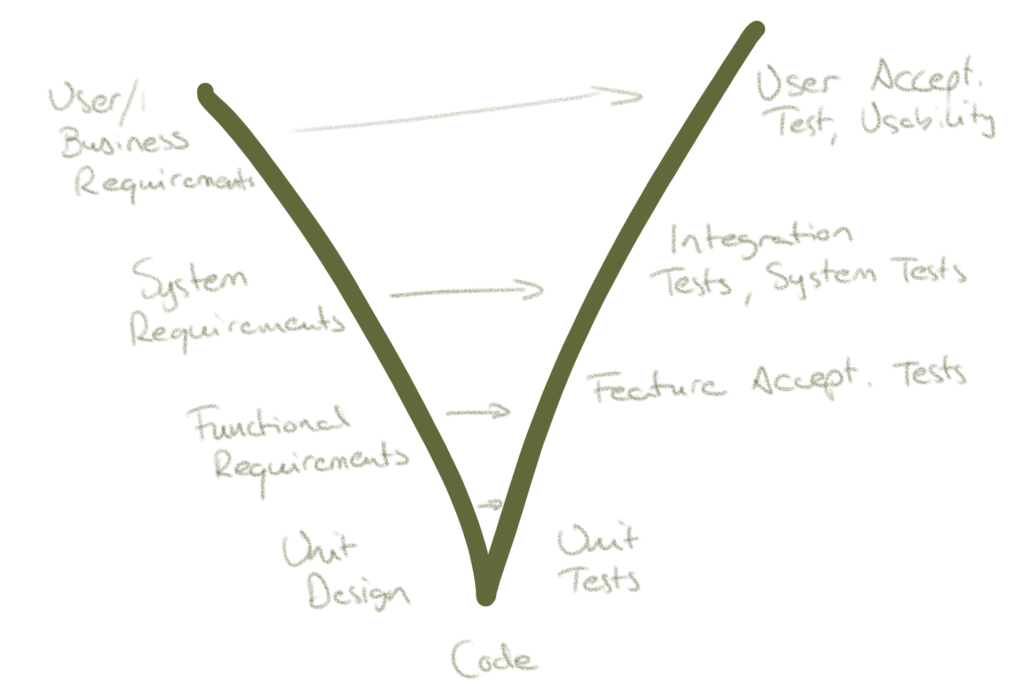Posted in
Uncategorized
[Context: This post is a quick copy/paste from a post in LinkedIn, but I wanted to save it. There may be some quality issues in this text, too. I hope to expand on this idea, with some images to help the understanding, in the near future.]
Most people don't seem to understand the true difference between Agile and traditional software development.
Waterfall is based on the idea that we take something we want to do, and break it down into subitems - actions or sub-components - and then deliver them separately - often by separate people who are experts in the activity or subdomain - and handing over those items to each other as needed. E.g. someone first needs to spec the requirements, then another person designs the UI, third person looks at architecture and technical design, before passing it to a fourth (UI programmer) and fifth persons (BE programmer) for coding. Then yet another person runs (often manual) tests on it and complains that it doesn't work. Yet more people might be involved in deployment, documentation, etc.
In this approach, it truly is difficult to break things down small enough.
Now, Scrum, being properly of Agile mindset, challenges this approach, by expecting people to complete items to a "potentially shippable" quality within each Sprint. "Coded but not tested" doesn't cut it, nor does "works on my machine". Each PBI is an independent capability that doesn't have to be returned to in the future, unless we specifically want to extend or modify that capability.
Enter "vertical slicing". Each slice contains all the activities needed to take an idea/need/desire from 0% to 100%. A little bit of spec, a little bit of architecture, a little bit of coding, a little bit of testing, a little bit of this and that, and at the end of the slice, that small things works in the product.
It can therefore be shown to someone, if we desire to hear feedback. Or it can be given for use if it's useful for some external purpose (not all vertical slices result in end-user valuable feature level). Or, we can simply see that we were able to make something work and we can inspect how well it works or how long it actually took us to do it.

